MacBook Pro Design: Déjà Vu (Same Features, Too)
Despite the 2025 refresh, the new Apple MacBook Pro 14 is a dead ringer for the last one. The overall design is the same, with an identical aluminum chassis, and so is everything else. In fact, it’ll be easier to list everything that hasn’t changed and take care of it in one go.
The chassis is identical, with the aluminum construction in the same Silver and Space Black colors. Both models measure 0.61 by 12.3 by 8.7 inches (HWD) and weigh 3.4 pounds. Set them side by side, and you’ll be stumped which is which.
The MacBook Pro has the same 14.2-inch Liquid Retina XDR display in 2025 that it had in 2024, though that’s no bad thing. The screen has a 3,024-by-1,964-pixel resolution at 254 pixels per inch, backed by a mini LED backlight. I praised the 2024 model for delivering “near-OLED levels of contrast and excellent HDR performance.” And if you want the cool nano-textured glass to cut down on screen reflections, that’s still for sale as an upgrade, too.
(Credit: PCMag Composite; Apple)
The keyboard and touchpad are also the same, which is no big surprise, seeing as the 2024 MacBook Pro had a keyboard and touchpad identical to the previous 2023 model. Apple’s long had an “if it ain’t broke, don’t fix it” approach to design, sometimes keeping things the same for years on end. In this case, it’s a decent keyboard with 1mm travel, punchy enough feedback, and a generous trackpad with Apple’s Force Touch contextual menus and quick haptic feedback. It’s definitely not broken, so I’m happy to see it return.
Winner: Draw
Ports and Wireless: The Connectivity Stays the Same
Port selection is one area where Apple has made some recent changes—bringing back the SDXC card slot and an HDMI monitor port in 2021—and the whole connectivity crew is back for 2025. From the MagSafe 3 charging port to the 3.5mm headphone jack, the ports visually look the same on both models.
With the M5’s increased 150GBps bandwidth, it looks like Apple should be bumping up the Thunderbolt ports to Thunderbolt 5, but alas, that’s unchanged, too. On the M4 series, Thunderbolt 5 was limited to the M4 Pro or M4 Max models, and it looks like that’s true for the M5 model, as well.
Winner: Draw
Software: More Than a Primp and Polish
In 2024, the MacBook Pro launched with macOS ”Sequoia” 15.1. It was a minor update, but it brought some niceties like split-screen management, presenter controls for video calling, and various quality-of-life enhancements to the baked-in Apple apps. The most significant change, however, was the introduction of Apple Intelligence, Apple’s collection of on-device and in-the-cloud AI assistance tools and features.
The debut of the M5 MacBook Pro 14-inch is also the introduction of macOS ”Tahoe,” which expands the Apple Intelligence suite with stronger on-device capabilities for developers to draw on. Live Translation comes to Messages, FaceTime, and the Phone app, for text and audio translation, and shortcuts can now include intelligent actions that automate specific processes with Apple Intelligence capabilities, like parsing information from a file whenever it’s dropped in a certain folder. Both Apple Intelligence and the Foundations Model framework it’s built on are available for developers to create on-device AI actions inside apps.

(Credit: Apple; PCMag)
Tahoe also brings the new Liquid Glass visual design that debuted on the Apple iPhone. From icons and widgets to menu bars and more, many UI elements can now be made transparent to offer more usable space on-screen. Plus, it looks pretty slick.
Almost all of these OS-level changes will be coming to older M4 MacBooks as well, but the enhanced Apple Intelligence features will really perform best on the new hardware, giving the M5 model an edge.
Winner: Apple MacBook Pro 14-Inch M5
Processor, Graphics, and AI: It’s All About the M5
The most significant changes to this year’s MacBook Pro 14 are internal, with the introduction of the M5 processor. This is a full-fledged system on a chip (SoC), with the central processor, graphics processing, Neural Engine, and unified memory all on a single silicon die. That approach is actually unchanged from years past, as the M5 takes Apple’s laptop chips into their fifth generation.

(Credit: PCMag Composite; Apple)
A few specifics also remain unchanged, or at least familiar: The 10-core M5 CPU has four performance cores and six efficiency cores, each made with Apple’s refined third-generation 3-nanometer (nm) fabrication process design.

(Credit: PCMag Composite; Apple)
The overall GPU core count is also the same (10 cores), but that’s where the similarities end. Apple has done the expected work of refining the GPU architecture, boosting the shader core capabilities, and moving to third-gen ray tracing, promising faster graphics performance overall. But the real curveball is adding a Neural Accelerator to every GPU core, transplanting the same high-horsepower technology from Apple’s Neural Engine into all 10 graphics cores.
And in our testing, these changes delivered a considerable power boost across the board:
In our processor testing, we saw improvements in every test. A marked boost in both single- and multi-core Cinebench scores. A 20-second improvement in HandBrake transcoding. In Geekbench, the M5 showed a 19% improvement over the M4. Content creation also gets a boost, with Photoshop results jumping 1,700 points. These measurable performance gains will make related tasks feel faster in day-to-day use, particularly in more demanding content creation project output.
But the AI performance gains are jaw-dropping. Thanks to the addition of those Neural Accelerators to the GPU cores, the M5 shows a massive jump in the GPU-specific AI tests, delivering a 3x increase in one specific test. That is nothing like what I’d expect in a year-over-year comparison.
In synthetic 3DMark tests, the M5 holds a clear and decisive lead over the M4 MacBook Pro, showing dramatic improvements in tests for core graphics rendering (geometry, lighting, and particle effects), high-stress gaming performance, and advanced ray tracing capabilities.

Get Our Best Stories!
Love All Things Apple?

By clicking Sign Me Up, you confirm you are 16+ and agree to our Terms of Use and Privacy Policy.
Thanks for signing up!
Your subscription has been confirmed. Keep an eye on your inbox!
This was especially true when we tested the Ray-Tracing Overdrive settings in the Cyberpunk benchmark, where the M5 MacBook Pro produced a paltry result—but the M4 model couldn’t even run the test. That the new M5 chip can even run the test with this base-model chip is a testament to how far M5 graphics have really come.
You now have plenty of room to dial in your ideal balance of resolution, detail, and ray tracing for completely playable results. And, if you don’t want to do that level of tweaking, many games, including Cyberpunk, have “For This Mac” detail settings, which tune everything to provide a locked-in 30 fps. We’ve officially hit a turning point for gaming on Mac: AAA titles can run at decent speeds and detail settings on the base-model MacBook Pro.
In our Blender workstation tests, we saw considerable improvement in pure rendering. Across three different Blender tests, CPU performance improved, but GPU performance advanced by an even greater margin.
Interestingly enough, the base M5 chip failed to complete the more demanding Adobe Premiere and DaVinci Resolve tests, confirming that Pro/Max chips are still required for true high-end workstation loads. So, the M5 may not be in the same class as the explicitly workstation-focused M4 Pro and M4 Max, but it’s clearly a dramatic jump in power for entry-level hardware.
Looking at the results together, it’s clear that Apple’s dramatic claims are valid. Our testing validates the speedier processing and beefier graphics, but I was most surprised at the dramatic improvements to AI capabilities. That will have an immediate impact on Apple Intelligence, from doing small tasks like summarization and generating images on the device to running larger and more powerful models right on the laptop without offloading them to a more powerful server in the cloud.
The M5 challenges NPUs by Intel, AMD, and Qualcomm by delivering such a massive jump in AI capability in just one year. And by effectively doubling Apple Silicon’s AI hardware, adding 10 more Tensor-like blocks to the 10-core GPU—and the ability to mix, match, and combine resources across the GPU and Neural Engine—Apple just bet big on AI in Macs. If Apple developers pick it up and run with it, PC chip makers and software developers could face a severe challenge.
The processor space is more competitive than ever, with on-device AI being the biggest front in the current chip war. If these initial results from the M5 indicate where the series is heading, Apple is definitely playing to win.
Recommended by Our Editors
Winner: Apple MacBook Pro 14-Inch M5
Battery Life: 24 Hours Really Is 24 Hours
All that added AI horsepower and souped-up graphics processing has to hit the battery hard, right? Well, not if Apple is to be believed. In fact, it claims that the M5 MacBook Pro will last an average of 24 hours on a single charge—precisely what the company claimed for the M4 MacBook Pro.
But the test data shows it’s not exactly the same. The M5 MacBook Pro meets Apple’s claim, lasting 24 hours and 6 minutes in video playback testing. But the M4 model delivered longer battery life, stretching on for an extra 4+ hours, playing the video for 28 hours and 33 minutes in the same test.
That gives the M4 MacBook Pro a lead in terms of pure longevity, even if the M5 model drives faster performance. When minutes and hours away from the charger matter, the M4 wins it.
Winner: Apple MacBook Pro 14-Inch M4
Storage: SSD Superiority
The new M5 MacBook Pro brings two different upgrades to the MacBook’s storage. The first is a touted 2x speed increase. Faster storage means snappier performance, shorter load times, and better energy efficiency, not to mention contributing directly to better user productivity. Apple also points out that the speedier drives will let users load local LLMs faster, benefiting both Apple Intelligence and any locally installed open-source models.
The other big boost is in storage size. Where the 2024 MacBook Pro caps at 2TB of SSD storage, the 2025 model features a whopping top configuration of 4TB. That’s a lot of storage for a slim 14-incher, but it’ll cost you. Going from 2TB to 4TB when configuring the MacBook Pro bumps the price by $600.
Winner: Apple MacBook Pro 14-Inch M5
MacBook Pro Pricing: Holding the (Price) Line
With so many things changing, it’s actually a relief to see one thing that’s unchanged: The price. The base-model MacBook Pro 14-inch with M5 stays at the same $1,599 as last year’s M4 starting configuration.
Things ramp up fast from there with upgrades, though. The 14-inch MacBook Pro, with the optional nano-textured glass, 32GB of unified memory, 4TB of storage, and a fast-charging 96-watt power adapter, climbs up to $3,369.
The M4 MacBook Pro went higher, but that was with M4 Pro and M4 Max processor options and even more memory and storage. (We’re expecting M5 Pro and M5 Max chips to show up sometime next year, but no official announcements have been made yet.)
Winner: Draw










